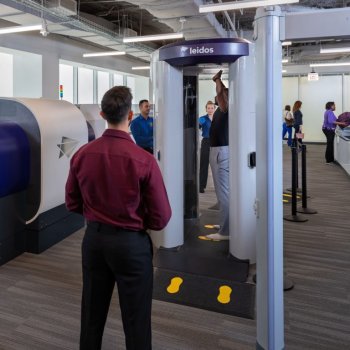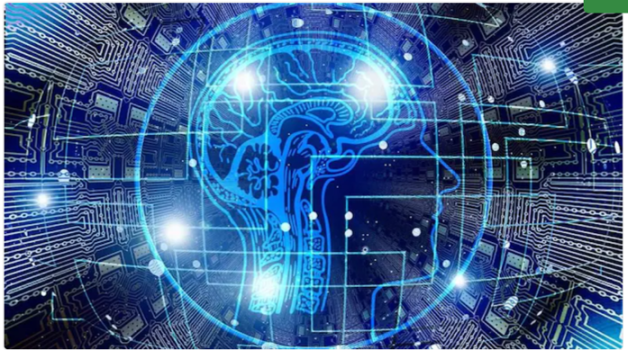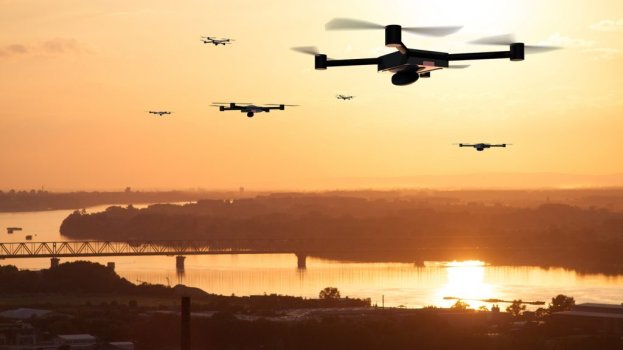Regulating artificial intelligence
- Technology Solutions
- 0 Replies
AI is the future and lawmakers are catching up.
Last month, members of the tech community gathered at the Dublin offices of EY, the professional services firm, for the launch of AI Labs, its new facility.
Artificial intelligence (AI) research labs aren’t new in the private sector with a number of companies racing to be the ones that pioneer the tech on a mass scale for their clients across various sectors.
But EY’s latest venture is launching at a time when AI is at a crossroads as a slate of new regulations take shape at the European level as well as in the US.
Speaking to Connected, EY’s global artificial intelligence leader Dan Diasio said that this is the new backdrop for all companies working with AI.
For years, companies have been running AI pilots on different use cases and throwing things at the wall to see what would stick. Now the conversation has become more thoughtful as companies seek to address specific goals with AI while threats around data security and risks like discrimination loom.
“Our business is so predicated on trust so we’re not waiting for the regulations to come to reshape our business. We are actively reshaping our business in advance of those regulations,” Diasio said.
“We as a firm have created a set of AI principles that we are going to use to govern and shape how we do AI both internally at EY and how we do AI for our clients. Those are rooted in the projected expectations of regulation in the future.”
EY has the deep pockets to reinforce its business for the future and the resources to prepare its clients for that future. With new rulebooks for AI afoot, it is an attitude that start-ups will need to adopt too.
Continue reading: https://www.businesspost.ie/connected/regulating-artificial-intelligence/
Last month, members of the tech community gathered at the Dublin offices of EY, the professional services firm, for the launch of AI Labs, its new facility.
Artificial intelligence (AI) research labs aren’t new in the private sector with a number of companies racing to be the ones that pioneer the tech on a mass scale for their clients across various sectors.
But EY’s latest venture is launching at a time when AI is at a crossroads as a slate of new regulations take shape at the European level as well as in the US.
Speaking to Connected, EY’s global artificial intelligence leader Dan Diasio said that this is the new backdrop for all companies working with AI.
For years, companies have been running AI pilots on different use cases and throwing things at the wall to see what would stick. Now the conversation has become more thoughtful as companies seek to address specific goals with AI while threats around data security and risks like discrimination loom.
“Our business is so predicated on trust so we’re not waiting for the regulations to come to reshape our business. We are actively reshaping our business in advance of those regulations,” Diasio said.
“We as a firm have created a set of AI principles that we are going to use to govern and shape how we do AI both internally at EY and how we do AI for our clients. Those are rooted in the projected expectations of regulation in the future.”
EY has the deep pockets to reinforce its business for the future and the resources to prepare its clients for that future. With new rulebooks for AI afoot, it is an attitude that start-ups will need to adopt too.
Continue reading: https://www.businesspost.ie/connected/regulating-artificial-intelligence/
























